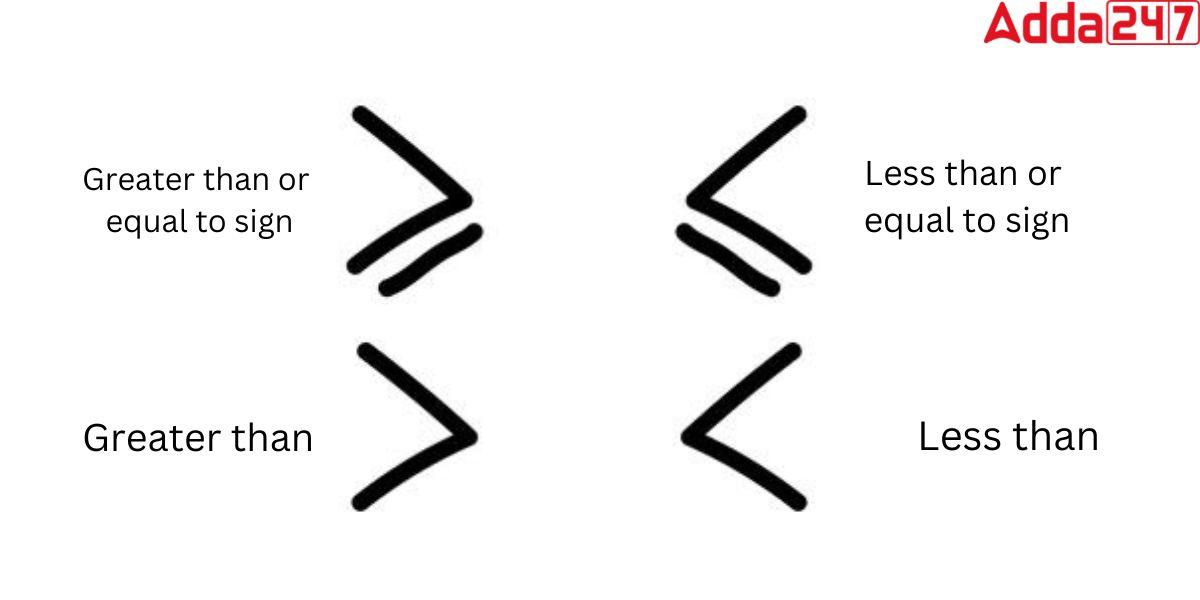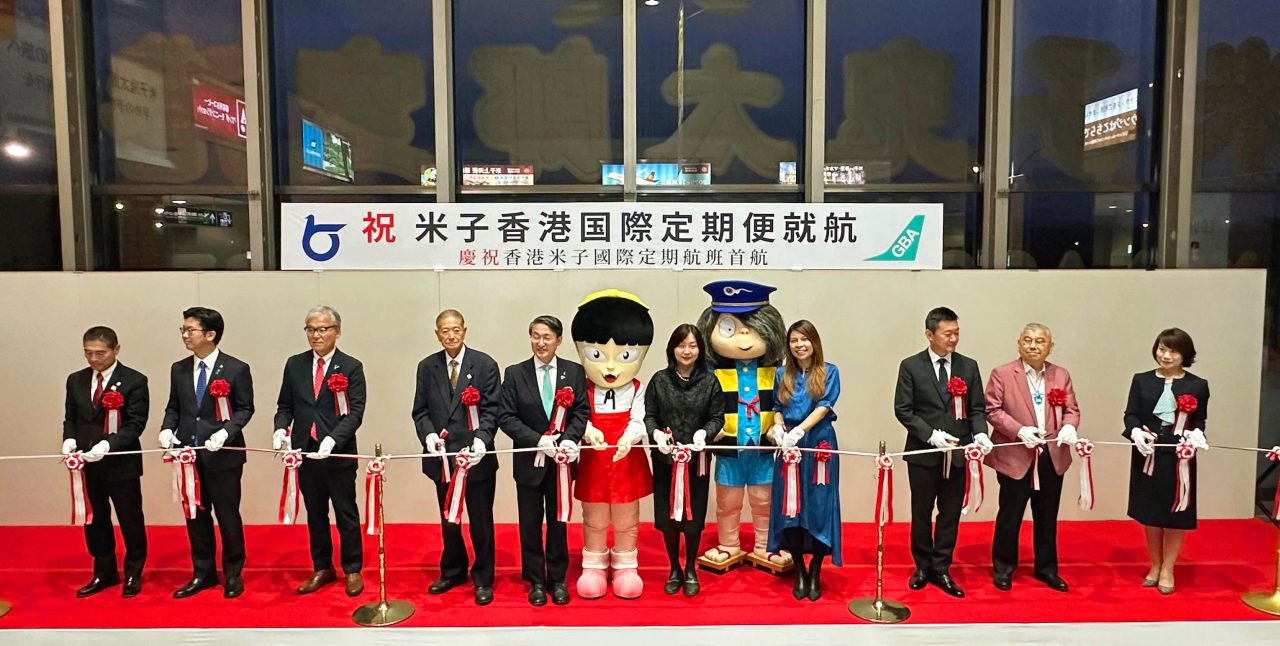Greater Ashok - Connecting Communities And Beyond
Table of Contents:
- Understanding Greater Ashok - A Connected Idea
- What Does "Greater Ashok" Really Mean?
- Is Greater Ashok Just About More Land?
- How Does Greater Ashok Affect Community Well-Being?
- How Does Greater Ashok Shape Identity?
- Considering Greater Ashok's Historical Aspirations
- Does Greater Ashok Always Mean Bigger or More Important?
- Living in Greater Ashok - What's It Like?
The idea of "greater" usually refers to a main place and all the spots right next to it, places that are naturally linked or managed together. So, when we talk about greater ashok, we're thinking about Ashok itself, and then all the neighboring areas that share something special with it. It’s like drawing a bigger circle around a familiar spot, including all the bits that feel like they belong, that, in a way, are part of the same story. This could be about shared roads, common services, or simply people feeling connected to that central heart.
This way of seeing things helps us picture a place that goes beyond just its official city limits. It brings in the towns, the smaller settlements, and even the open spaces that have a close bond with Ashok. It’s about recognizing how places grow and how their influence spreads out, almost like ripples in a pond. When someone says "greater ashok," they're often talking about this wider area, acknowledging its reach and the way it works as a bigger whole, you know.
It’s a way to talk about a whole region, not just one point on a map. It includes all the places that are, too it's almost, connected to Ashok in some way, whether it's because people commute there for work, or they share schools, or they just feel like they're part of the same general vibe. This idea helps us appreciate the full scope of a place and its surroundings, how they fit together and influence each other, more or less.
What Does "Greater Ashok" Really Mean?
This term, "greater ashok," is often used before the name of the place itself. It helps us talk about both the core area and the lands right around it. It's a handy way to describe a bigger chunk of geography without listing every single village or suburb. When you hear it, it's a signal that the conversation isn't just about the city center, but about its wider footprint. This usage, you know, makes it easier to speak about the whole area.
For instance, if you were discussing, say, the economy of greater ashok, you wouldn't just be looking at businesses within the city proper. You'd also be considering the industries in the nearby towns, the farms in the surrounding countryside, and how they all contribute to the overall economic picture. It’s about seeing the bigger picture, how everything fits together, actually, in a broad sense.
It also means that the services and infrastructure that serve Ashok might extend out into these adjacent areas. Think about public transportation, utility lines, or even emergency services. They often don't stop at a city boundary but serve a broader "greater ashok" region. So, it's not just a phrase; it points to practical connections and shared resources, basically, for everyone involved.
The term can also show up in news stories or books, giving a sense of the word's everyday application. These instances help us see how "greater" is used in common talk to refer to an expanded area linked to a central point. It really shows how people, you know, communicate about these things in real life.
This extended meaning means that when someone mentions "greater ashok," they're likely talking about a place with a wider influence, a place where the central city's character spreads out into its surroundings. It's a way to capture the full scope of a location, including all the parts that interact with the main hub, so, you know, it paints a complete picture.
It can also signify a shared identity among the people living in this wider zone. Folks might feel a connection to Ashok even if they live a little ways out, simply because their daily lives or community services tie them to the main city. This sense of belonging to a larger "greater ashok" can be quite strong, giving a feeling of shared community, apparently, across different neighborhoods.
Is Greater Ashok Just About More Land?
Sometimes, the word "greater" can mean a country's full historical reach, including lands that used to be part of it or that some people think should be. So, when we think about "greater ashok" in this light, it could refer to a time when Ashok's influence or actual territory was much larger than it is today. It might even point to a hoped-for future, where Ashok's footprint grows to include areas that are seen as historically linked to it. This perspective, in some respects, adds a layer of history or aspiration.
This perspective isn't just about physical borders; it's also about a sense of shared heritage or a common past. Perhaps there are old settlements or cultural sites in nearby areas that have a deep connection to Ashok's history. These places, in a way, could be considered part of a "greater ashok" from a historical or cultural point of view. It’s a bit like looking at an old map and seeing how things used to be, or, you know, imagining how they might be again.
This idea can also pop up when people talk about regional identity. People living in towns close to Ashok might feel a strong connection to the main city, even if they aren't officially part of it. They might share traditions, dialects, or even a collective memory of events. In such cases, "greater ashok" becomes a way to express this broader, shared identity, a feeling of belonging to something larger than just their immediate village, you know, a sort of collective spirit.
Consider how historical events might have shaped the current landscape of greater ashok. Perhaps old trade routes or ancient pathways connected these outlying areas directly to Ashok, making them, over time, part of its natural extension. This historical tie creates a natural reason for these areas to be seen as part of a larger whole, a common thread running through the region's story, basically.
Furthermore, this broader view allows for discussions about how historical decisions or developments continue to affect the "greater ashok" area today. It's about understanding the long-term impact of growth and change, and how past connections continue to shape the present day of the region, so, you know, it’s a living history.
How Does Greater Ashok Affect Community Well-Being?
The idea of "greater" is often used when we talk about the good of everyone. For example, people might say "for the greater good of the community" when discussing a decision that benefits a wide group of people, even if it means a small sacrifice for some. Applied to "greater ashok," this means considering the well-being of the entire extended area, not just the central city. This kind of thinking, obviously, helps everyone.
When decisions are made for "greater ashok," they are often aimed at improving life for everyone in the connected region. This could involve planning for better public services, building new transportation links that serve multiple towns, or working together on environmental protection. It’s about making sure that the benefits spread out, so, you know, everyone gets a fair shake.
This collective approach helps to ensure that resources are shared and that development is balanced across the whole area. It prevents situations where one part of "greater ashok" thrives while another struggles. It's about fostering a sense of shared responsibility and mutual support, helping all the parts of this larger entity to grow together, more or less, in harmony.
Think about projects that might improve the air quality or provide better access to green spaces. If these efforts are planned for the entire "greater ashok" region, then everyone benefits, not just those living in the city center. This kind of regional planning is, you know, really important for overall health and happiness.
It also means that challenges faced by one part of the "greater ashok" area can be addressed with the support of the whole. If a smaller town within the extended area needs help with a particular issue, the resources and expertise of the larger "greater ashok" community can be brought to bear. This collaborative spirit is, you know, a powerful thing for community strength.
Ultimately, focusing on the "greater good" of "greater ashok" means creating a place where all residents, regardless of their specific address within the region, have opportunities to thrive and enjoy a good quality of life. It’s about building a connected and supportive network of communities, basically, that look out for each other.
How Does Greater Ashok Shape Identity?
The concept of "greater ashok" can really shape how people see themselves and their home. If you live in a small town right next to Ashok, you might identify as being from that town, but also as being part of the larger "greater ashok" area. This dual identity can bring a sense of belonging to a more significant place, a place with more resources or opportunities, you know, a wider world.
It's a bit like how a smaller river flows into a bigger one; it keeps its own name but becomes part of a larger system. People might say they are "from greater ashok" when they are talking to someone from far away, even if they live in a specific suburb. This indicates a shared cultural space, a common way of life, and, you know, a collective pride in the region, a sort of regional brand.
This collective identity can also influence local politics and community initiatives. People might be more willing to support projects that benefit the whole "greater ashok" region, even if those projects aren't directly in their immediate neighborhood. It's about recognizing that what helps one part of the extended area ultimately helps all of it, too, creating a sense of shared destiny.
Consider local sports teams or cultural events. If these are branded as "greater ashok" events, they draw participants and spectators from all over the connected region, strengthening the bonds between different communities. This shared experience, you know, builds a common narrative for everyone involved.
This broader identity can also affect how people from "greater ashok" are perceived by those outside the region. It gives them a collective identity that is more widely recognized than that of a smaller, individual town. It's about being part of something bigger, something with more presence, basically, on the map.
So, while individual towns within "greater ashok" maintain their unique character, they also contribute to and draw from the identity of the larger area. It's a layered sense of belonging, where local pride exists alongside a broader regional connection, making the overall identity, you know, quite rich and varied.
Considering Greater Ashok's Historical Aspirations
The idea of "greater" can sometimes point to a place's past glory or its desired future reach. For "greater ashok," this might mean looking back at historical maps or records that show Ashok's influence stretching further than its current boundaries. It could be about old trade routes, historical alliances, or even just areas that historically looked to Ashok as a central hub. This historical depth, you know, adds a lot to the story.
It also hints at future hopes. Perhaps there are plans for regional development or infrastructure that would naturally expand Ashok's functional area. This isn't about forced annexation, but about organic growth and connection, where surrounding areas naturally become more intertwined with Ashok due to shared economic interests or population movement. It’s almost like a vision, you know, for how things could evolve, a sort of natural expansion.
This historical and aspirational view of "greater ashok" helps us appreciate the dynamic nature of places. Cities and their surrounding areas are not static; they change, grow, and adapt. This broader view allows us to consider how Ashok has evolved over time and how it might continue to do so, drawing in more and more of its immediate surroundings

Greater Than and Less Than Symbols

Greater Bay Airlines commences scheduled service to Yonago today

Cars: Kindergarten Greater Than or Less Than to 20 Math Worksheets